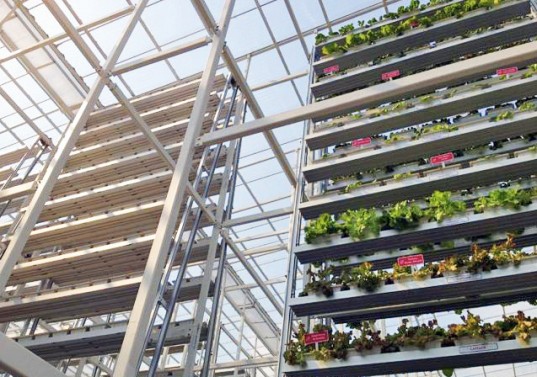Until today, like most people, I had no idea how much farmers sold their bulk lettuce for. After doing some basic research I’ve decided that $1000 per ton is roughly the best price you will receive.
For years now I have been reading about vertical farming and how it will revolutionize agriculture. The concept is quite simple: land is expensive, so build your farm vertically rather than horizontally. These days you don’t need dirt – many crops can be grown hydroponically.

Until now it was all theory – although there were no technical hindrances to building such farms, they weren’t yet financially viable. They would need to wait until food was more expensive and harder to source.
Thankfully the cost did not scare off Sky Greens farm in Singapore (rich country, little land, makes sense…).
So that is why I looked up the price of lettuce. The article at The Intel Hub mentions the cost, the yield, but not the return…
- Currently producing 0.5 tons of produce per day
- Farm cost $7+ million so far, and they seek $21 million more
According to my math that equals about 180 tons per year, or $180,000. That’s a terrible return from a $7 million investment! Even if the lettuce was more gourmet than I expected, still no way it could be profitable.
According to Inhabit, locals are willing to pay a premium for this produce because it is so fresh – but it looks like they’d have to pay 10x as much for it to be profitable.

